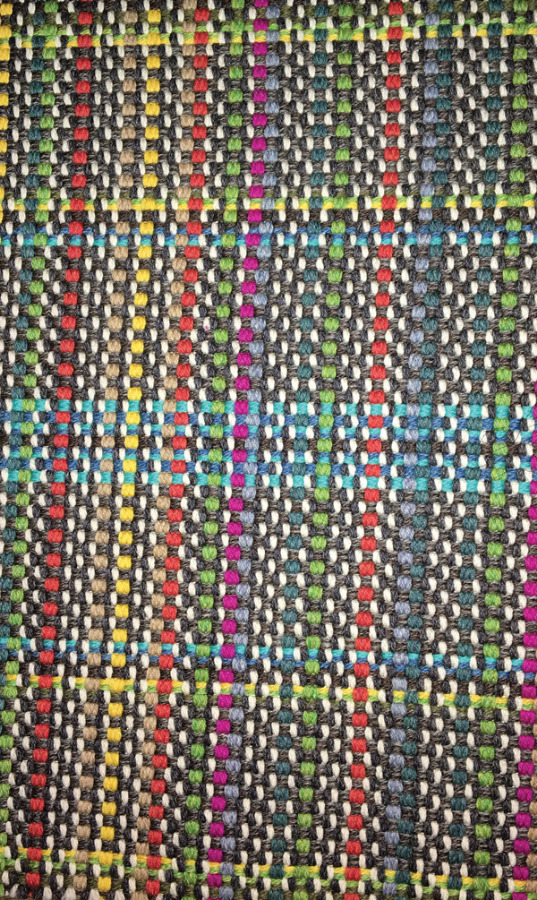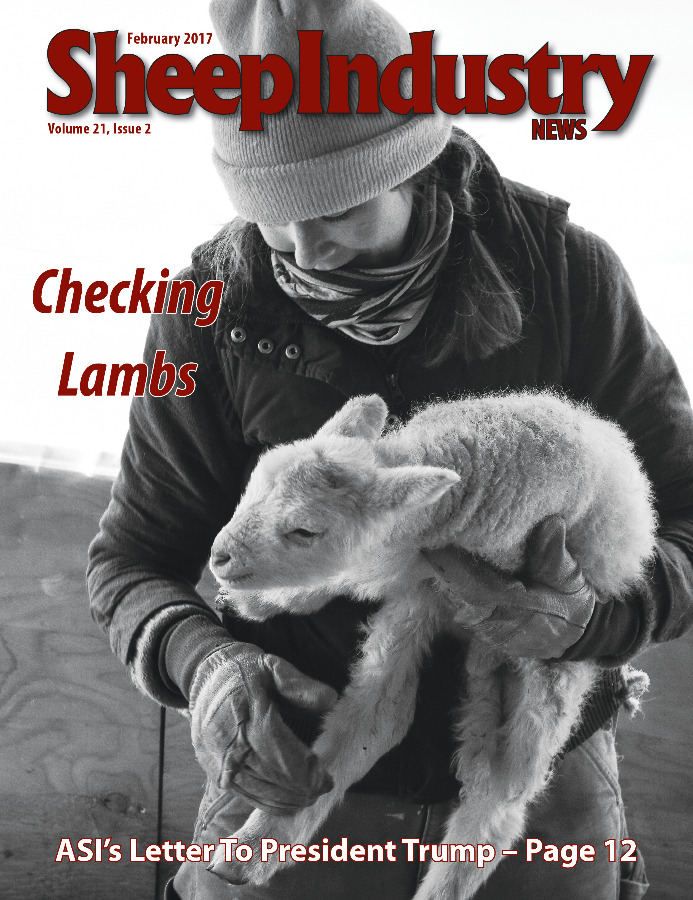Wool Upholstery Makes Comeback
Contract upholstery has become a re-emerging market for American wool.
 There was a time when the chairs in nearly every office (doctors, lawyers, libraries, etc.) were covered in wool. But that began to change with the popularity of synthetic fabrics in the 1980s. Suddenly, wool was out.
There was a time when the chairs in nearly every office (doctors, lawyers, libraries, etc.) were covered in wool. But that began to change with the popularity of synthetic fabrics in the 1980s. Suddenly, wool was out.
The popularity of mid-century modern furnishings can take some of the credit for the reintroduction of wool upholstery, says Peter Kuklinski of Material Technology & Logistics, or MTL.
“A lot of the seating that was popular in the 1950s used chunky wools,” Kuklinski said. “As those pieces have become popular again in recent years, we’ve been asked to start sourcing more wools. Sixty to 70 percent of our yarns are domestic yarns, so when we started to get requests for more wool, we wanted to do an American wool product.”
The supply chain starts with American sheep producers, runs through Chargeurs in South Carolina (where the greasy wool is processed), is spun into yarn at Kraemer Yarns in Nazareth, Penn., and then heads to Littlewood Dyers in Philadelphia. MTL turns the yarn into high-end, woven fabrics at its state of the art plant in Jessup, Penn. Generally, the wool used is in the 28 micron range.
“We’ve always woven some wool at MTL, but it became more of a specialty item and we’d use it in blends,” Kuklinski said. “We did some pure wool work, but it wasn’t a big product for us because people just weren’t asking for it much. In a lot of cases, the people who did use wool were sourcing the product from overseas.”
Wool was the fabric of choice when Kuklinski – a 33-year veteran of the industry – got his start in the business.
“Then it really went down hill and hadn’t come back until just the last couple of years.” Kuklinski said. “I think people have gotten sick of the synthetics. Also, wool is just kind of beautiful on its own. It doesn’t really need anything to make it better.”
MTL is working with furniture designers such as Knoll International and Bernhardt to put its new wool fabrics into use in their designs for both corporate and home interiors.
“We appreciate the efforts of MTL and their suppliers to put wool back into use in the upholstery industry,” said ASI Director of Wool Marketing Rita Kourlis-Samuelson. “America’s sheep producers have long known and understood the value of American wool for a variety of uses. When given a choice, we believe the consumer will see the difference, as well.”
While current orders are relatively small – about 20,000 pounds of wool – there’s certainly room for optimism.
“It took about two and a half years to put this program together, but these fabric programs run for years,” said Jack Donovan, a veteran yarn salesman who worked with Kraemer during the process. “Plus, MTL will have to make these patterns available for four to five years. It took a lot of effort by the sales, marketing and design teams at MTL to develop this program using 100 percent American wool in contract upholstery fabric. I think everyone involved in the process is working hard to make the program successful.”
MTL isn’t completely foreign to the American sheep industry. The company produced the fabric used to make ASI’s 150th anniversary bags in 2015.


